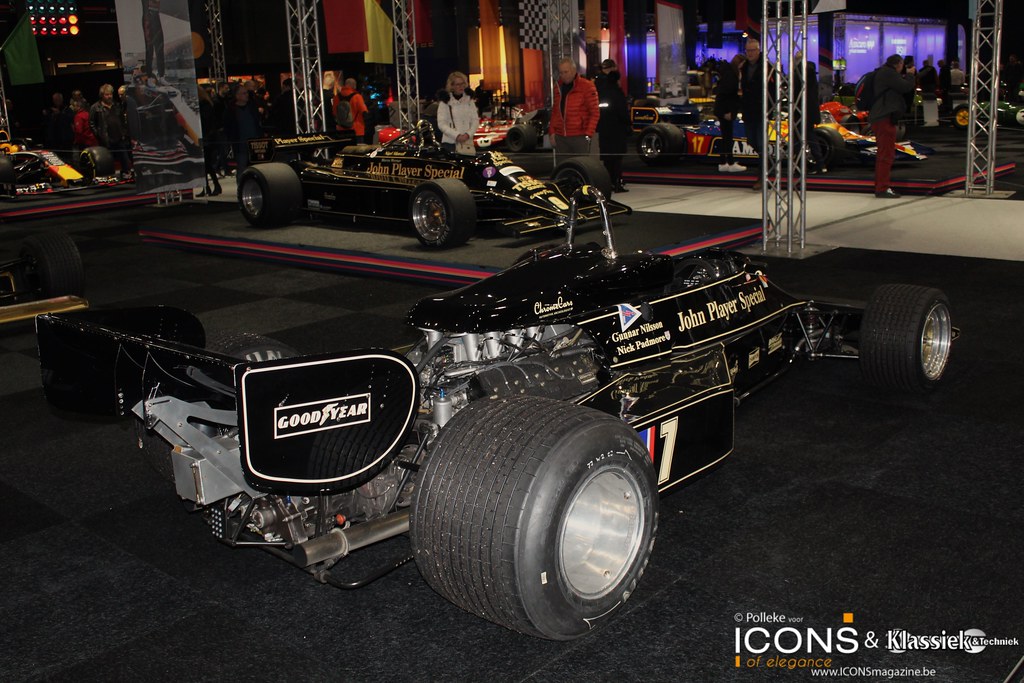#lotus ford
Photo

Revell’s Mr. Rat Fink in Lotus Ford model racer.
#revell#revell model cars#model cars#rat fink#revell hobby kits#ed roth#ed big daddy roth#big daddy#lotus ford#scale model cars#vintage model kits
451 notes
·
View notes
Text
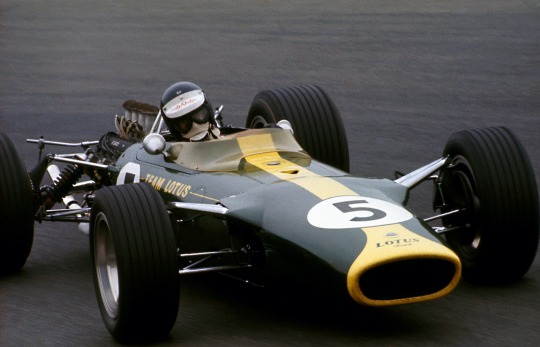
Jim Clark (Lotus 49 Ford-Cosworth) vainqueur du Grand Prix des Pays-Bas - Zandvoort 1967. © David Phipps ! Motorsport. - source Carros e Pilotos.
80 notes
·
View notes
Video
01.Lotus-Ford '81 type 87 ex.Nigel Mansell by Paul Vanrusselt
3 notes
·
View notes
Text


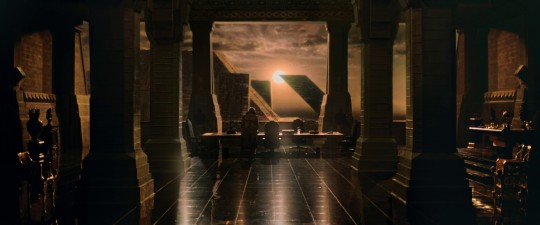




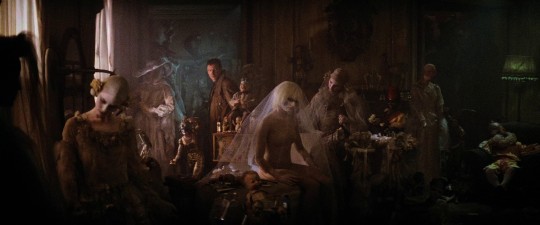


— Blade Runner (1982), directed by Ridley Scott, based on the novel Do Androids Dream of Electric Sheep? (1968) by Philip K. Dick.
#beauty#actors#cinema#movies#blade runner#1982#blade runner 1982#ridley scott#philip k dick#vangelis#harrison ford#sean young#hampton francher#blade runner 2049#blade runner black lotus#screencaps
106 notes
·
View notes
Photo

Graham Hill, 1968
293 notes
·
View notes
Text
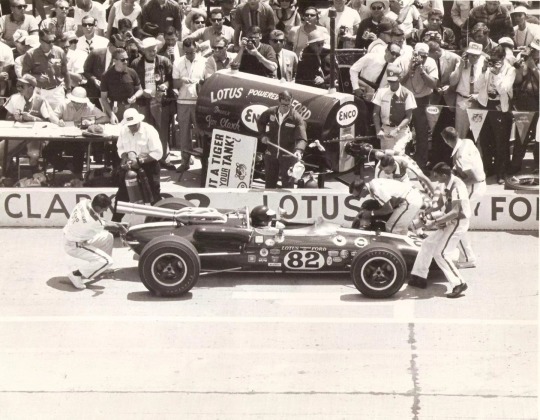
It all started at a NASCAR race at Darlington, when Ford approached Glen Wood and asked him if he’d help out with the effort in the 500. Wood was taken aback by a request from Ford Motor Company to have the team from the remote Virginia foothills, with no open-wheel racing experience, be a part of the Indianapolis 500. Glen said his initial response: “Are you kidding?”
Leaving no stone unturned and recognizing the opportunity to use lightning-quick pit stops to their advantage, the Ford folks weren’t kidding, and being as loyal to the Blue Oval as they were, Glen and Leonard were off to Indy. After building a relationship with a group of racers they’d never met, the Woods set to work on the fueling system they’d use on race day. Working with Ford engineers the race team had developed a fuel tank that had a giant venturi inside. The principle was simple, and time-proven. It’s the same device that allows fuel and air to flow quickly through a carburetor and makes airplanes fly. The Woods knew it would work.
The Woods also prepared for tire changes during the race, sanding and filing on the wheels and hubs and practicing tire swaps. But that tire work turned out to be unnecessary, as Clark ran the entire 500 on the same set of tires -- an impressive feat in and of itself. Nevertheless, the lasting contribution of the team from the remote Virginia foothills that Ford invited to Indianapolis is the art of today’s seconds-long pit stops and the tactical advantage they provide.
17 notes
·
View notes
Text

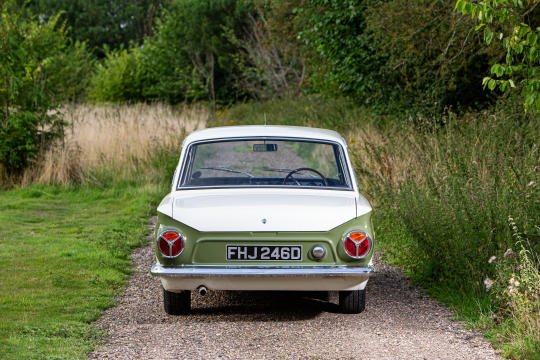
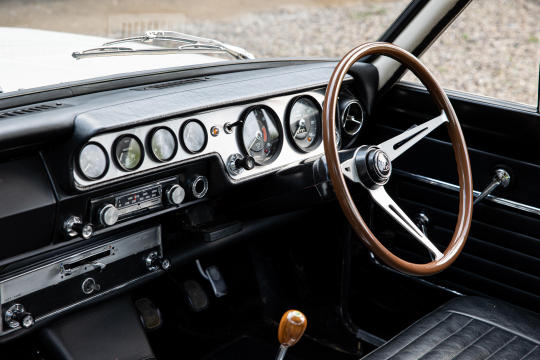
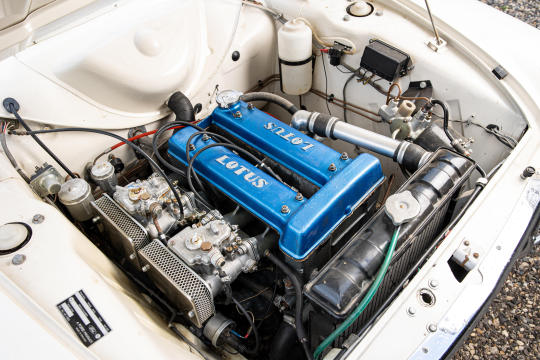
1966 Ford Lotus Cortina MK1.
14 notes
·
View notes
Photo

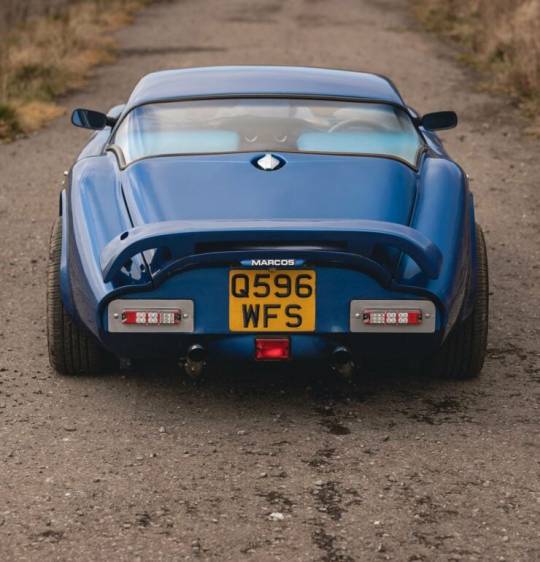
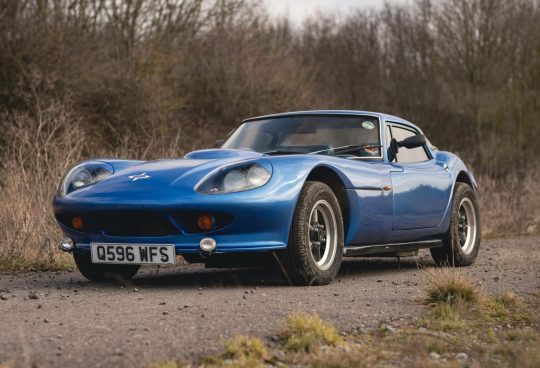


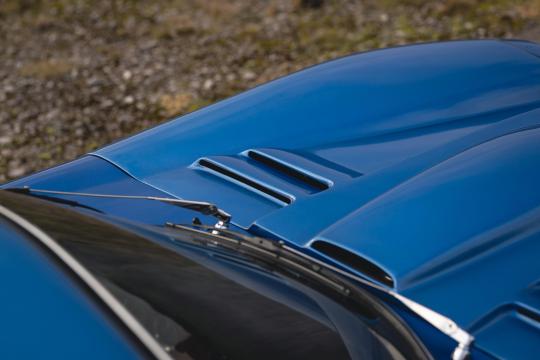


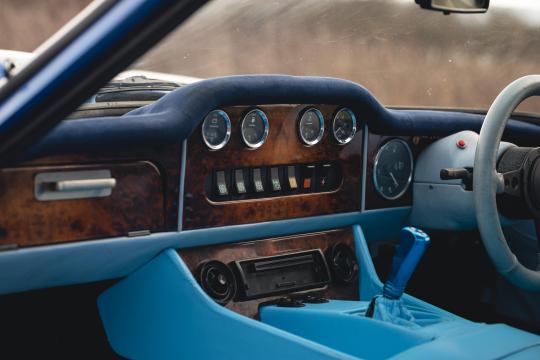
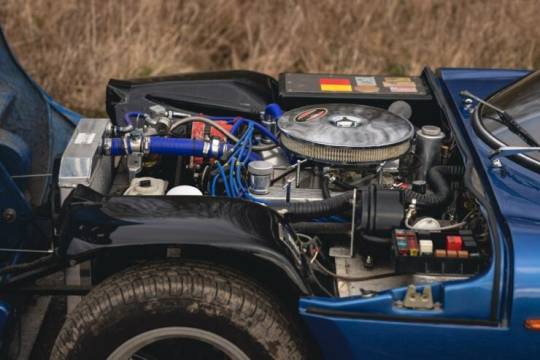
Marcos Mantula
Introduced in 1984, the Marcos Mantula was the result of the company’s continuous pursuit of the perfect British sports car. The Mantula replaced the previous model, the Marcos GT, and was available in both coupe and convertible body styles over its production run.The car’s classic Marcos styling, including its long bonnet, low-slung body, and sleek lines, was designed for optimal aerodynamics and shared a lot with the earlier GT model.
The Mantula was powered by a Rover V8 engine, which was known for its low-weight and high-tunability. This 3.5 liter engine produced 190 horsepower and 220 lb ft of torque, propelling the lightweight sports car from 0-62 mph in just 5.5 seconds.
With a top speed of 140 mph, the Mantula was more than capable of holding its own against its competitors, and later in the 1980s it would receive the more powerful 3.9 liter fuel injected version of the V8. Most examples of the Mantula were sold as kit cars in Britain, approximately 140 kits were bought over the production run.
There were a number of changes introduced to the car over the course of its nine year 1984 – 1993 production, a convertible version was offered from 1986 onwards, and the Rover V8 was upgraded to the 3.9 liter unit in the late 1980s. Independent rear suspension would also become standard from 1986 onwards, based on components from the Ford Granada.
In 1993 Marcos Engineering made the fateful decision to no longer offer kit cars, switching to a line of full factory-built production cars as Lotus had done in the early 1970s. The company would then be competing more directly with British sports car makers like TVR, Morgan, and Lotus – for better or worse.
71 notes
·
View notes
Photo

The Don Kearney/Billy Turjner/Ross Bremer 1.6L Ford Lotus Cortina on the high banking with the William Wonder/Ray Caldwell 4.7L GT40 at the 1967 24h of Daytona. THIS is why I like the old races.. You think LeMans has variety? Ha!
(the GT40 finished 9th, the Cortina 22nd
125 notes
·
View notes
Text

Ford Lotus Cortina
97 notes
·
View notes
Text

Jim Clark (Lotus 49 #R1 Ford-Cosworth) vainqueur du Grand Prix du Mexique 1967. © Sutton / Motorsport. - source Carros e Pilotos.
65 notes
·
View notes
Text
Elio De Angelis

5 notes
·
View notes
Video
01.Lotus-Ford '76 type 77 ex.Gunnar Nilsson by Paul Vanrusselt
1 note
·
View note
Photo
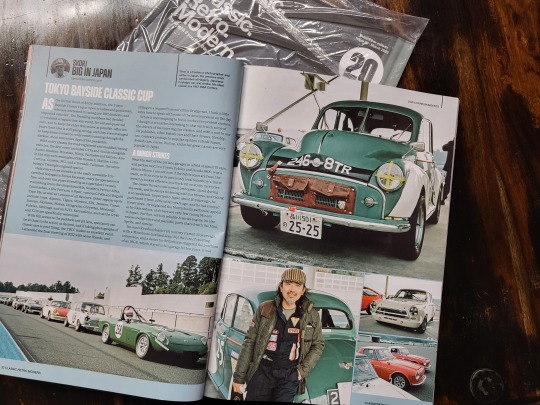

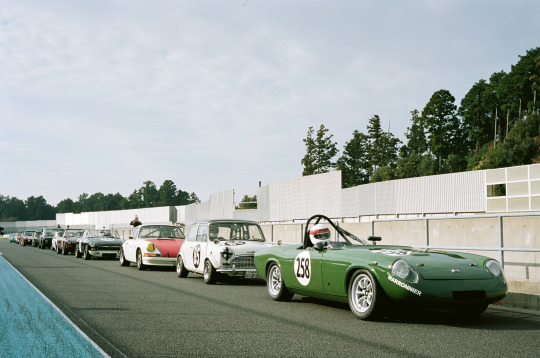

Best of British @ Classic. Retro. Modern. Magazine
#carsonfilm#film#35mm#japan#magazine#classic retro modern magazine#morris#sprite#tbcc#lotus#cortina#ford#healey
40 notes
·
View notes
Photo
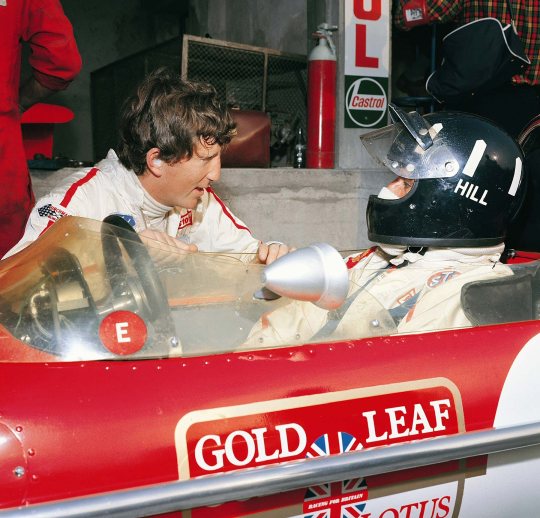
Rindt and G. Hill, 1969
74 notes
·
View notes

